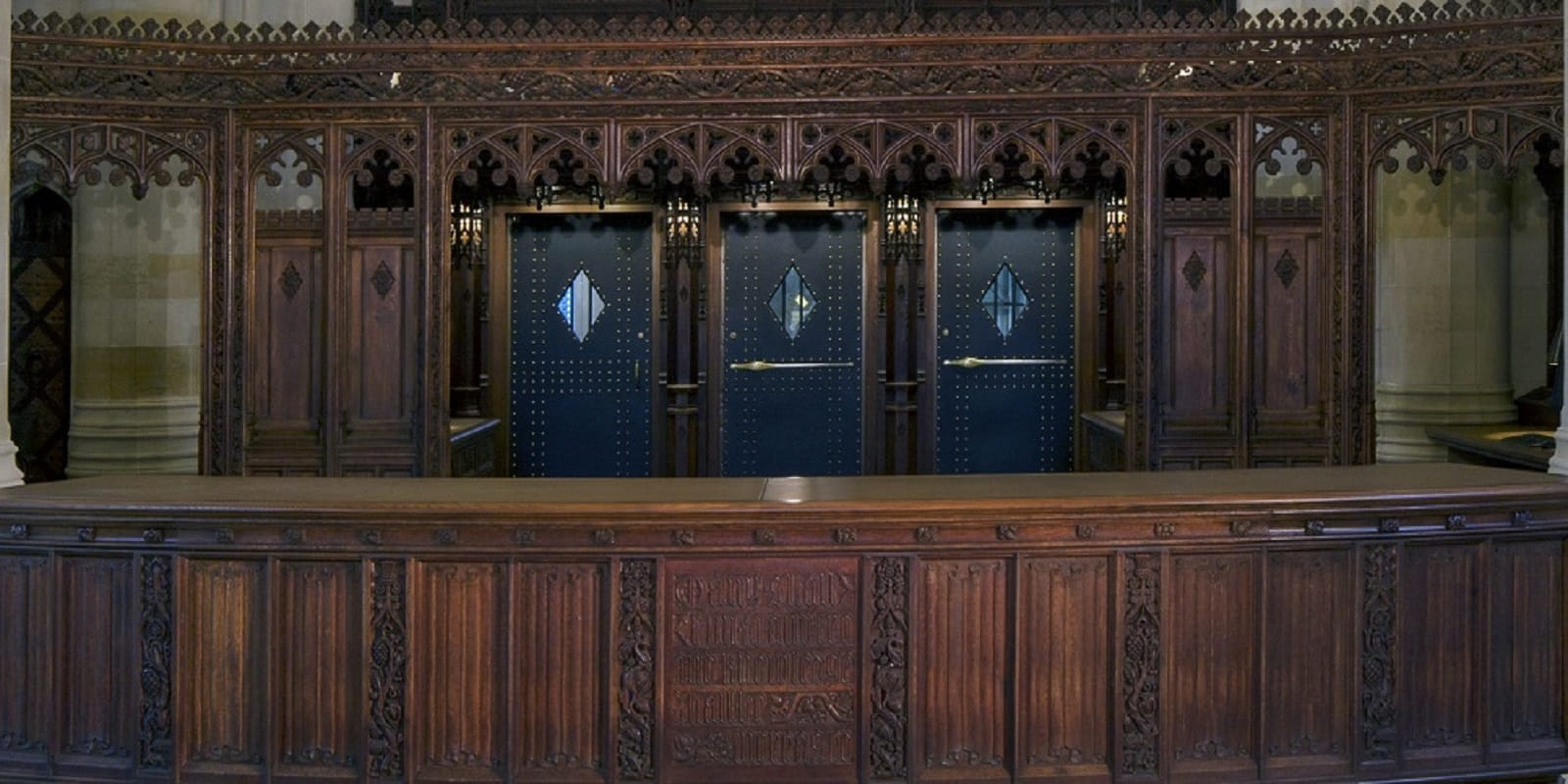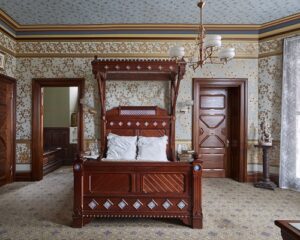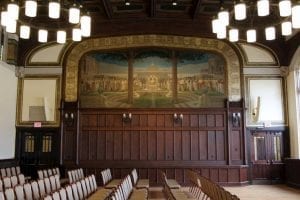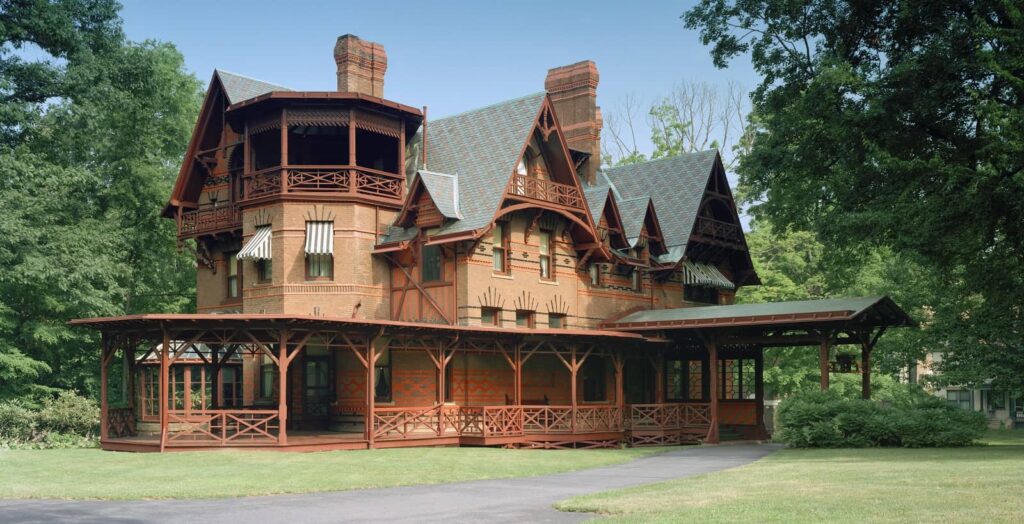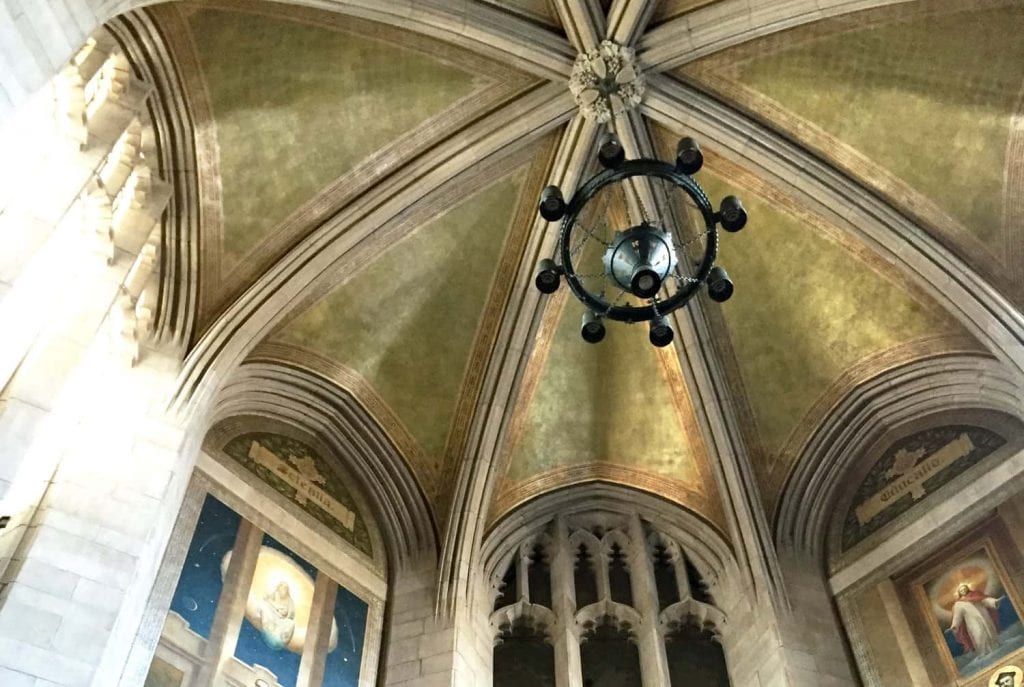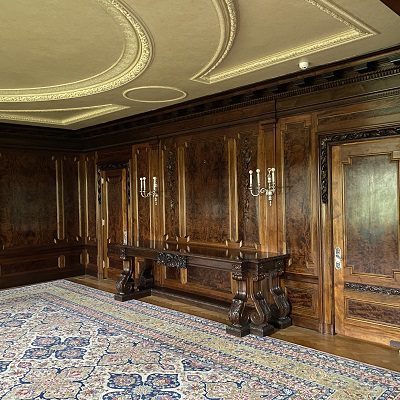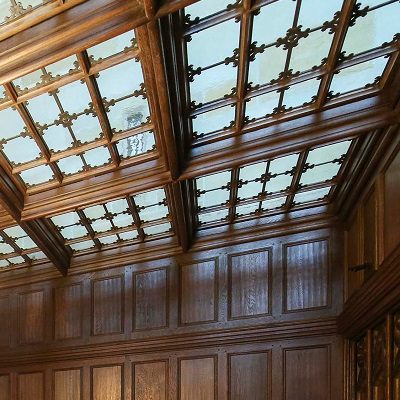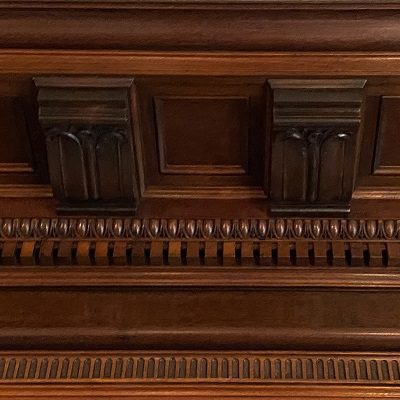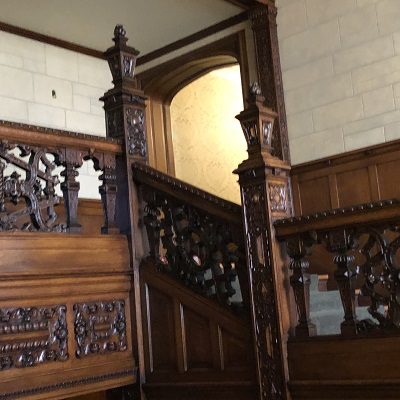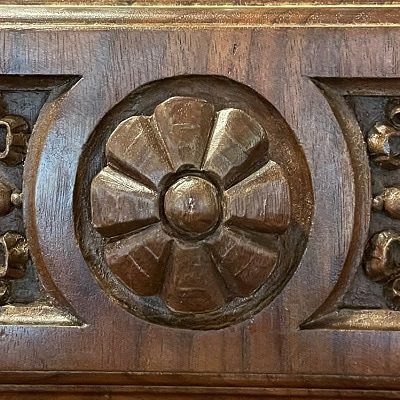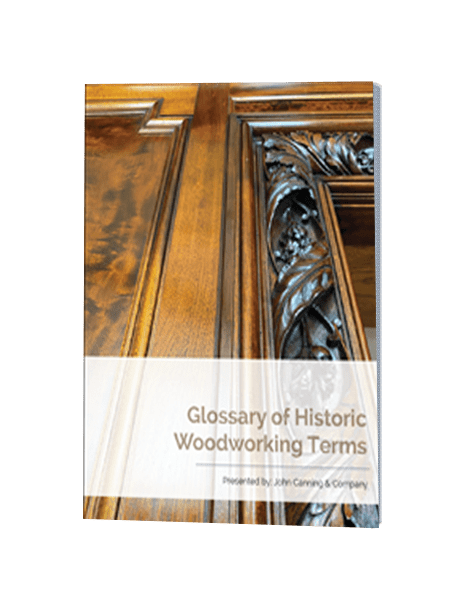What is Millwork?
While woodwork is a broad term that includes anything made from wood, millwork is used to refer to anything manufactured at a lumber mill. The term millwork extends to a variety of products such as windows, doors, frames, molding, trim, banisters, paneling, cabinetry and much, much more. Millwork, when done well, can produce a sturdy, useful, and beautiful artifact. Those who educate themselves on classical millwork do not do so in vain, for as a result, they are able to apply historic practices to contemporary design.
History
Although wood has been utilized since ancient times, millwork became increasingly popular with the development of machines and more efficient ways of transportation. Millwork reached its pinnacle in what is called the Golden Era of Millwork in 1880-1910, largely as a result of the manufacturing processes invented during the industrial revolution. The invention and manufacturing of large-scale machinery made wood carving and cutting much easier and more efficient. Since so much millwork is architectural, increasing population in the US demanded more residential and office spaces which led to an outburst of millwork. Other contributors to the Golden Era of Millwork were the surplus of trees and the abundance of low-cost labor employed by lumber companies. Additionally, as modes of transportation improved, the millwork industry increased as well. For example, log rails over 900 feet long were assembled and sent down Columbia River to San Diego for lumber and millwork.
Millwork in Architectural Styles
The architectural style which relied most heavily upon millwork in the Golden era was perhaps the Victorian style. The Mark Twain House in Hartford, CT was built in a Victorian Revival style with a stunning collection of architectural millwork. John Canning & Co. had the privilege of performing historic wood restoration in the Mahogany Suite, the house’s guest room, stripping and re-finishing the wood in order to exhibit its original aesthetic. Another architectural style that uses extraordinary amounts of millwork is the Gothic style. Gasson Hall at Boston College was built in the Gothic Revival Style. John Canning & Co. restored wood paneling that surrounds an immense mural at Gasson Hall. This millwork was a beautiful oak, stained and varnished to an attractive color and sheen.
Examples of Millwork: The Mark Twain House & Museum and Gasson Hall at Boston College.
Types
The art of millwork can produce incredible amounts of differing products. This is done according to a number of factors, primarily the type of wood used. Wood is categorized according to the nature of the trees the wood comes from. Hardwood comes from deciduous trees, those that lose their leaves in the fall. Hickory, oak, poplar, elm, maple, and cherry all produce hardwood. Softwood comes from evergreen trees like fir, cedar, and pine. The primary difference between hard and softwood is the grain, which is more prominent in hardwood and a bit more subtle in softwood. Hardwood also spans a wider variety of colors. Therefore, the wood is chosen carefully according to the desired appearance of each project.
Feminine vs. Masculine
The Victorians were known for their extensive use of millwork throughout their interiors. More specifically, they chose wood species for the use of the space. For example, a study, library, Gentleman’s changing room, billiards room would likely have robust hardwoods, such as mahogany, oak, walnut or cherry. These woods would have been likely stained to a rich, deep color. On the other hand, music room, sewing room, Lady’s changing room may have had satin wood, bird’s eye maple, and sycamore. The Victorians even took it a step further. They designed paneling, beams, and trim that included inlayed woods, also known as marquetry. Marquetry is the art and craft of applying pieces of veneer to a structure to form decorative patterns, designs or pictures. These thin small pieces of variously colored wood or other materials are used for the inlaid work to form an intricate design that is applied as a veneer to a wood surface.
Finishes
Many different wood finishes are used according to the desired aesthetic of the artifact as well as the craftsman’s intended purpose. There are five basic types of wood finishes used: Oil, shellac, wax, polyurethane, and varnish. For more information on the basic types of wood finishes, click here. In the world of historic restoration, having a firm understanding of the styles, materials, and finishes of the millwork process is beneficial, since part of preserving and restoring is understanding the building’s original fabric.

